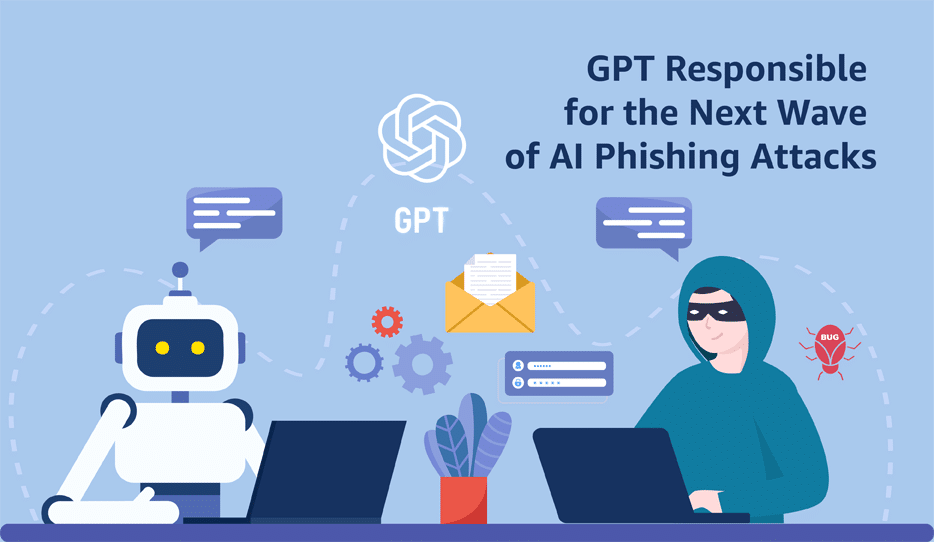
Phishing attackers have been tricking users into divulging their credentials with phishing and misuse it to wreak havoc. But with the onset of GPT, hackers now have a new tool at their disposal: AI-assisted phishing baits. Conditions may aggravate from bad to worse.
Analysts have reported how machine learning utilizes its functionalities for emails which are capable of generating phishing and business emails with unmatched precision. These AI models are trained using various sets of real-life data.
The GPT models are proficient enough to generate and follow the style of writing content such as emails with such accuracy that a normal person would not be able to differentiate whether the email is written by another person or if is machine-generated.
It will be no surprise that in the coming days, phishing will expand both in volume as well as in sophistication.
Still, there are some tools available for detecting pieces of text that are created by devices and not humans. It is only a matter of time before such detection tools are included into anti-phishing security mechanisms.
Cyber security analysts must, however, upgrade their knowledge about generative pre-trained transformer language models. Certainly, the heads of companies need to ask their IT and cyber security analysts to analyze the extent of business risks that these platforms pose. IT and cyber security teams must adapt to the changing demands on security imposed by these AI-assisted phishing strategies to protect data which has become very precious in today’s times, especially after GPT has come into the market.
In conclusion, we must not get carried away by the emergence of new AI tools. They may have their benefits but criminal-minded individuals will find a way to twist things for their selfish needs.
